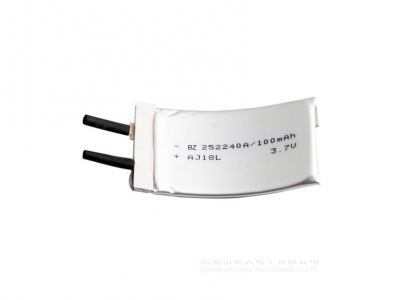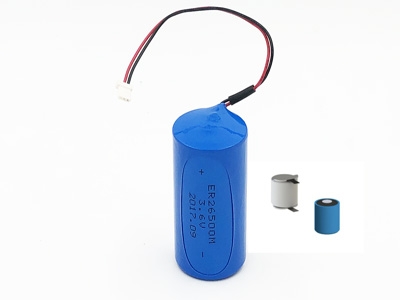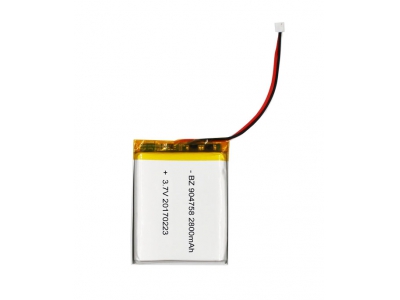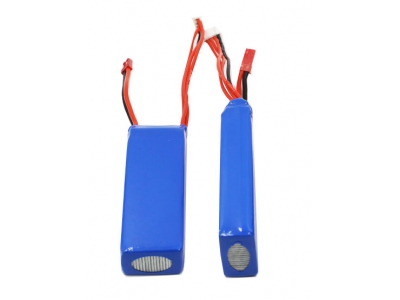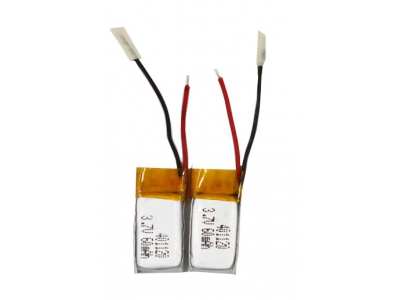FAQ of Lithium Battery (3)
(1). How many charging ways are there for rechargeable batteries ?Ni-Cd and Ni-MH battery charging method:
1 constant current charging: the charging current throughout the charging process for a certain value, this method is the most common;
2. Constant voltage charging: the charging voltage across the charging process to maintain a constant voltage, the current in the circuit with the battery voltage increases and gradually decreases.
3. Constant current and constant voltage charging: The battery is first charged with a constant current. When the battery voltage rises to a certain value, the voltage remains unchanged, the current in the circuit drops to a very small value, and finally tends to zero.
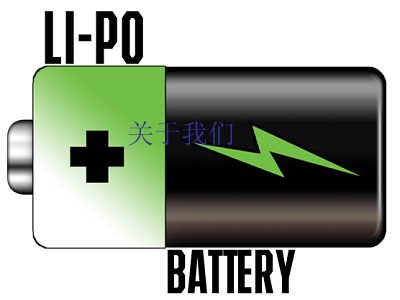
Lithium battery charging method:
Constant current and constant voltage charging: The battery is charged first with a constant current. When the battery voltage rises to a certain value, the voltage remains unchanged, the current in the circuit drops to a very small value, and finally tends to zero.
(2). what is the standard battery charge and discharge ?
IEC international standards for nickel-cadmium and nickel-metal hydride batteries standard charge and discharge method is:
First, the battery discharge to 1.0V / 0.2C 0.2C, and then charged at 0.1C 16 hours, set aside for 1 hour to 0.2C to 1.0V / support, is the standard battery charge and discharge.
(3). pulse charging on battery performance have any effect ?
Because nickel-cadmium batteries are easily polarized during normal charging, conventional constant voltage or constant current charging causes the electrolyte to continuously generate hydrogen gas. Under the action of internal high pressure, oxygen permeates the negative electrode to react with the cadmium plate to generate CdO, The effective capacity is reduced .Pulse charging is generally used charge and discharge method .Full charge for 5 seconds, put a banknote clock .In this way, the oxygen generated during the discharge process will be most of the reduced voltage will be reduced to electrolyte .Not only limits the internal electrolysis Liquid gasification, but also for those who have serious polarization of the old batteries, using the charging method of charging and discharging 5-10 times, will gradually restore or close to the original capacity.
(4). what is trickle charge ?
Trickle charge is used to make up the battery after the full charge due to self-discharge caused by the loss of capacity.Generally used pulse current charging to achieve the above purpose.According to the experience of the past tests, the battery is fully charged, at 40 ℃ environment due to self Discharge loss capacity is about 5% of the nominal capacity. Theoretically, continuous charging at a current of C / 500 can make up for the capacity loss due to self-discharge C * 5/100 * 24h * C / 500. However, The current is too small, in fact, the charging efficiency is very low, so basically can not charge into the electricity. We use pulse charging method can solve this problem .Care for 1.2 seconds with C / 10, set aside 58.8 seconds.According to the above conditions, Weigh capacity of 5%. In general, the pulse charging method in the following range is more suitable, can be selected according to the actual situation. Charging current: C / 20, charging time: 0.1 seconds to 60 seconds.
Trickle charge example:
Charge High Charge Low Pulse Cycle S Daily Charge Capacity Current Time Current Time C / 10 1.2s 0C 58.8s 60s 5% of Standard Capacity 2.4s 0C 57.6s 60s C / 10 0.6s 0C 29.4s 30s
(5). what is charging efficiency ?
Refers to the battery under certain discharge conditions to a certain cut-off voltage release capacity and input battery capacity ratio, which can be calculated according to the following formula:
Charging efficiency = (discharge current × discharge to off voltage / charge current × charge time) × 100%
Part of the energy input is used to convert the active material into a charge state, which is partially consumed by side reactions to generate oxygen. The charging efficiency is affected by the charge rate and the ambient temperature. The charging current must be within a certain range during charging, and the current is too small or too large The charging efficiency is very low, due to self-discharge of the battery there, resulting in the battery can not be fully charged.






